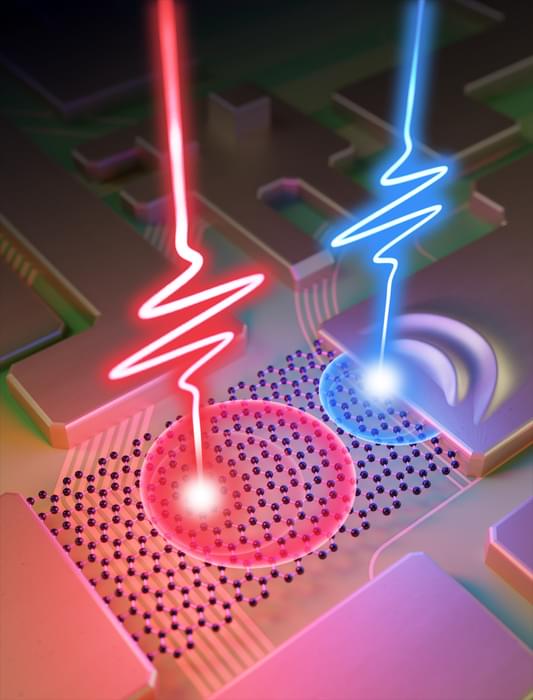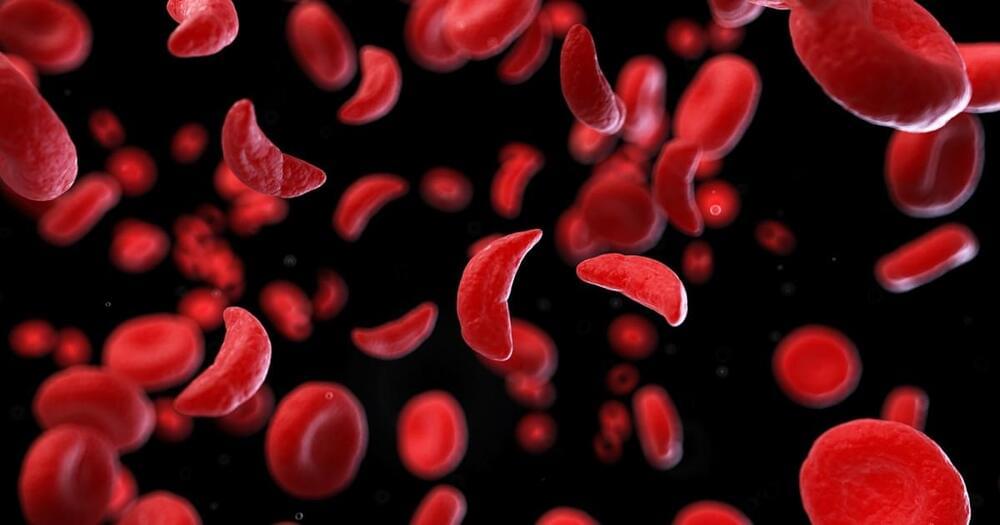Jun 28, 2022
Development of a technology to produce dorsal cortical neurons
Posted by Dan Breeden in categories: biotech/medical, neuroscience
Korea Brain Research Institute (KBRI, President Pann Ghill Suh) announced on Mar. 4 that its research team led by principal researcher Yoichi Kosodo has developed a technology to mass produce cerebral cortex neurons utilizing Induced pluripotent Stem Cells (iPS). The research outcome will be published in the March issue of Scientific Reports.
Scientists expect that it will be possible to treat brain diseases by restoring damaged area in the brain by mass producing neurons utilizing stem cells even though cerebral neurons die if one suffers from degenerative brain diseases such as dementia and Parkinson’s Disease.
In fact, a research team of Kyoto University in Japan conducted clinical test of transplanting neurons made of iPS into the brain of a patient with Parkinson’s disease. In Parkinson’s disease, neurons that generate the neurotransmitter dopamine die, resulting in symptoms such as muscle stiffness and tremor in hands and feet. Through the clinical test, the patient was treated with new neurons.

















